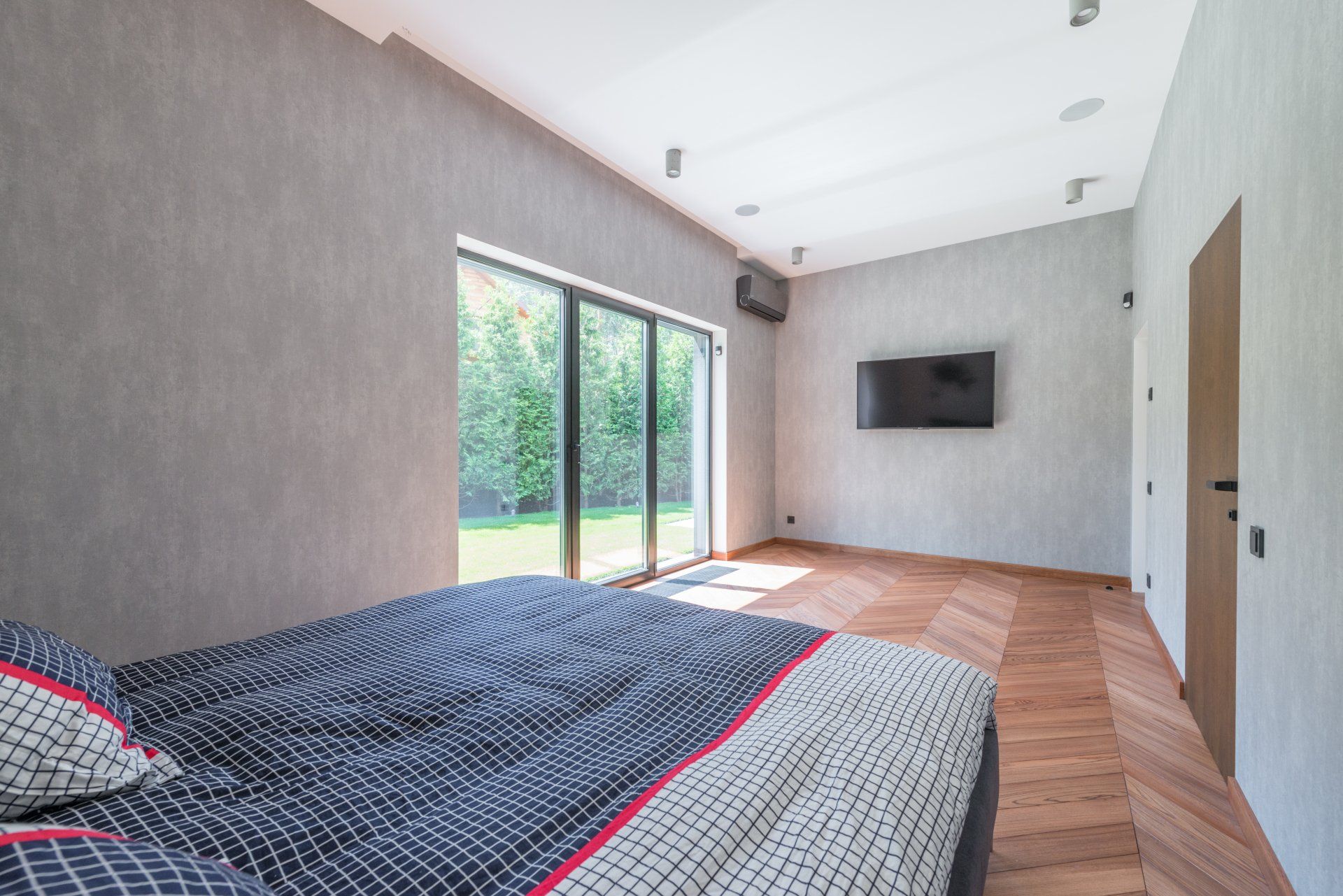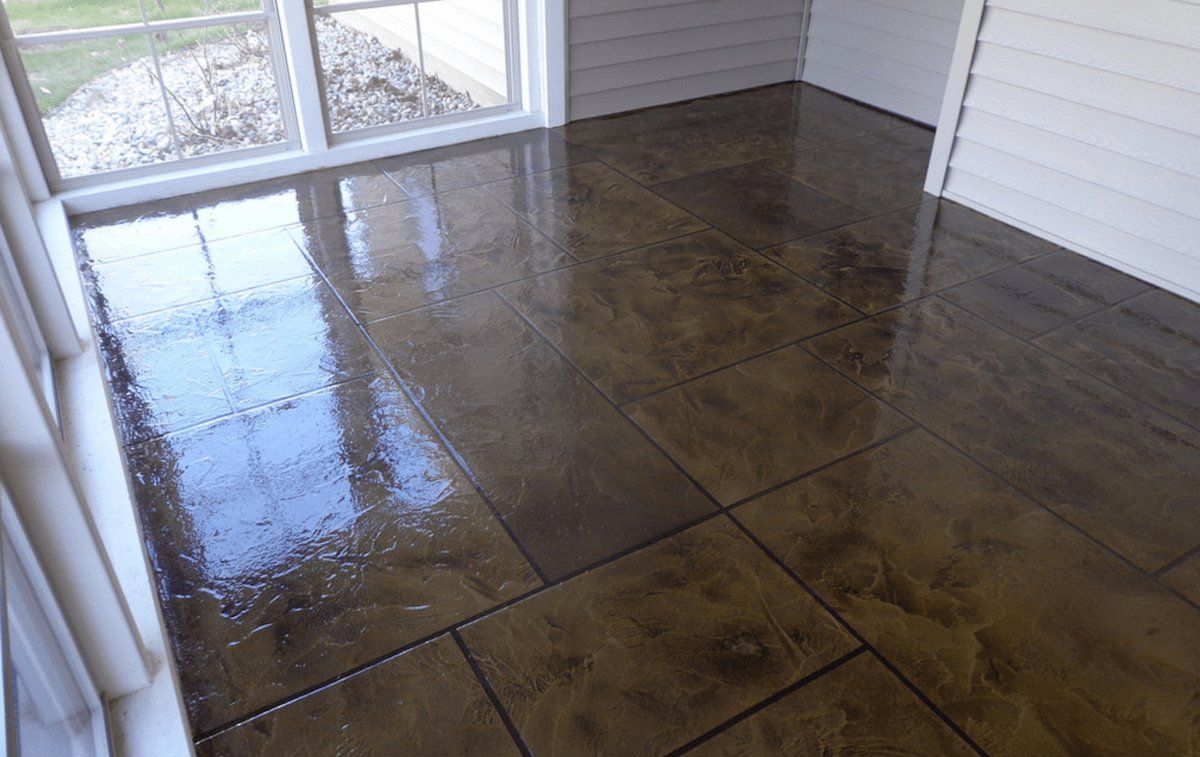Concrete Steps: Determining the Minimum Thickness Required with San Francisco Concrete
Introduction

Concrete steps are a durable and visually appealing addition to any property. When constructing concrete steps, determining the minimum thickness required is crucial to ensure the structural integrity and safety of the stairs. Various factors, such as the expected load, usage, and local building codes, influence the minimum thickness needed. In this blog post, San Francisco Concrete, your trusted concrete experts in San Francisco, CA, and surrounding areas, will guide you through the process of determining the minimum thickness required for concrete steps.
Consideration Factors for Determining Minimum Thickness:
1. Building Codes and Regulations:
Before designing and constructing concrete steps, it's important to consult local building codes and regulations. Building codes often provide guidelines and requirements for the minimum thickness of concrete steps to ensure safety and compliance. These codes may vary depending on the location and the specific application of the steps.
2. Expected Load and Usage:
The expected load and usage of the concrete steps play a significant role in determining the minimum thickness required. Consider the anticipated foot traffic, including both pedestrian use and any potential heavy equipment or furniture that may be transported up or down the steps. Higher foot traffic and heavier loads will require thicker concrete to maintain structural stability.
The beauty of concrete epoxy floor coating
3. Height and Width of the Steps:
The height and width of the steps also impact the minimum thickness. Taller steps may require thicker concrete to provide the necessary strength and stability. Additionally, wider steps may require increased thickness to support the larger surface area and distribute the load evenly.
4. Reinforcement:
Reinforcement, such as rebar or wire mesh, can enhance the strength and durability of the concrete steps. The use of reinforcement can reduce the minimum thickness required by providing additional support and preventing cracking or shifting over time. Consult with a concrete professional, like San Francisco Concrete, to determine the appropriate reinforcement for your specific project.
Professional Concrete Services by San Francisco Concrete:
San Francisco Concrete is your trusted partner for high-quality concrete services in San Francisco, Bay Area, Daly City, Brisbane, Colma, and nearby areas. Our experienced team specializes in designing and constructing concrete steps that meet the required thickness for safety and longevity. We adhere to local building codes and regulations to ensure compliance with all relevant standards.
Conclusion:
Determining the minimum thickness required for concrete steps is essential to ensure their structural integrity, safety, and longevity. San Francisco Concrete is your go-to concrete expert for professional concrete services. Contact us at 650-409-9761 to schedule a consultation or discuss your concrete needs. Trust our experienced team to provide you with the optimal thickness and design for your concrete steps in San Francisco, Bay Area, San Francisco, Daly City, Brisbane, Colma, and surrounding areas.



